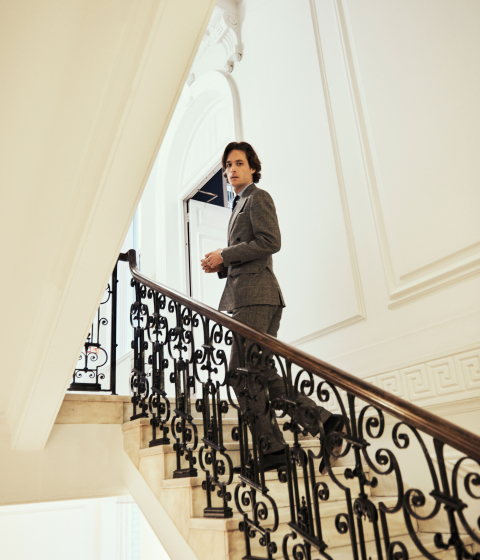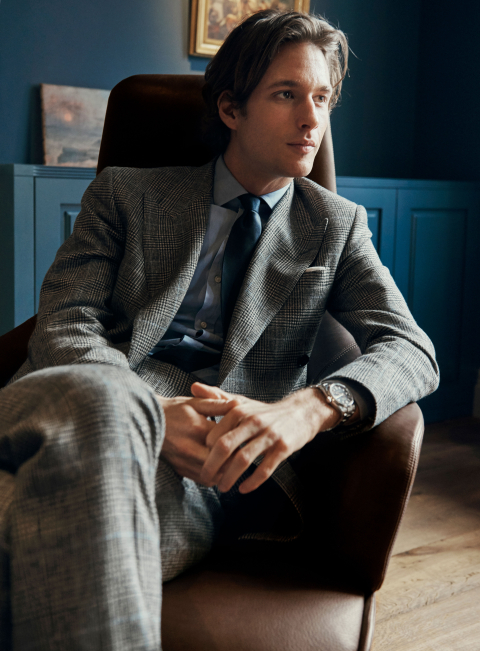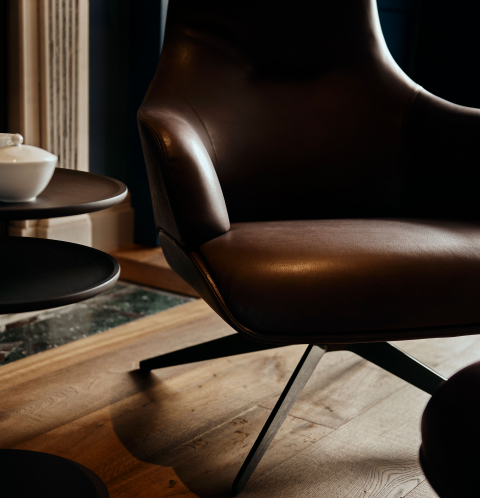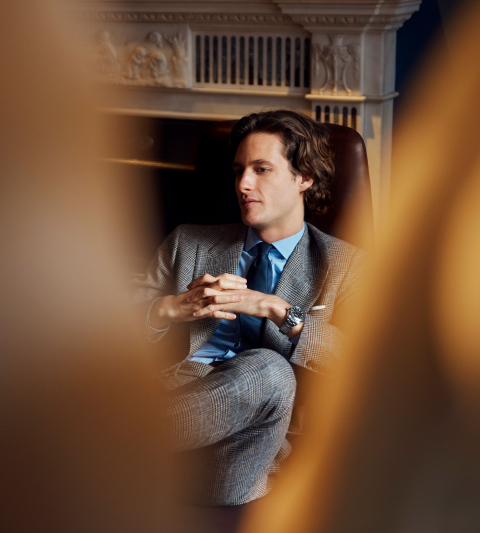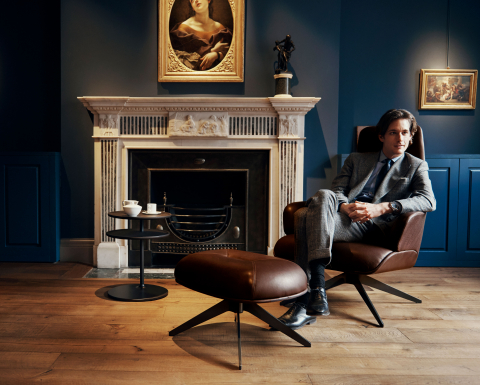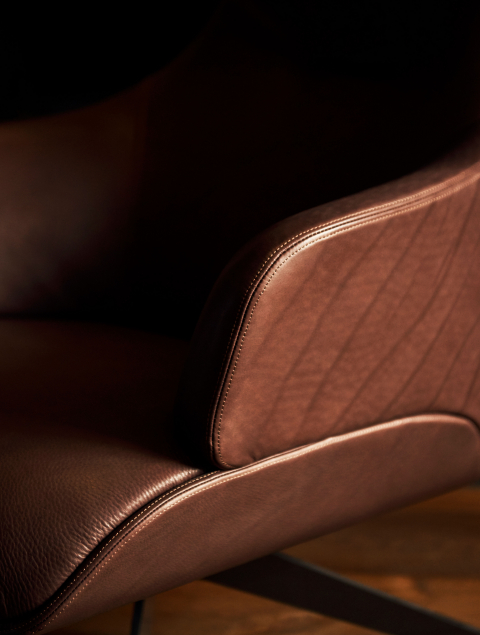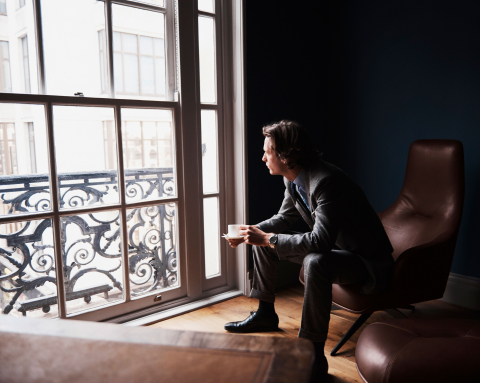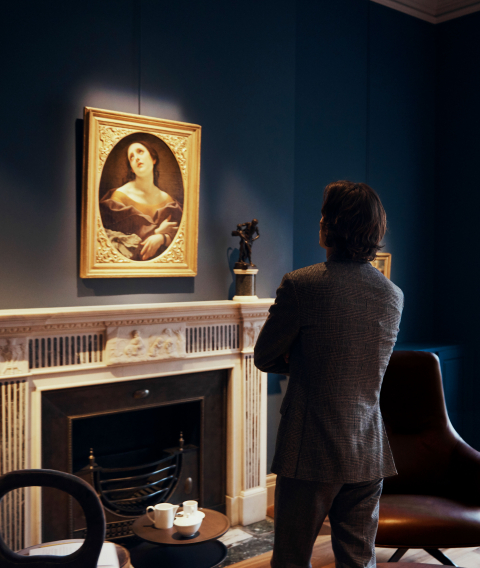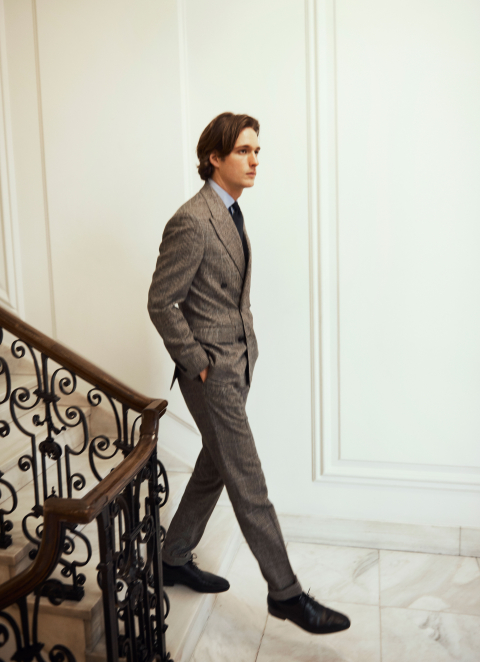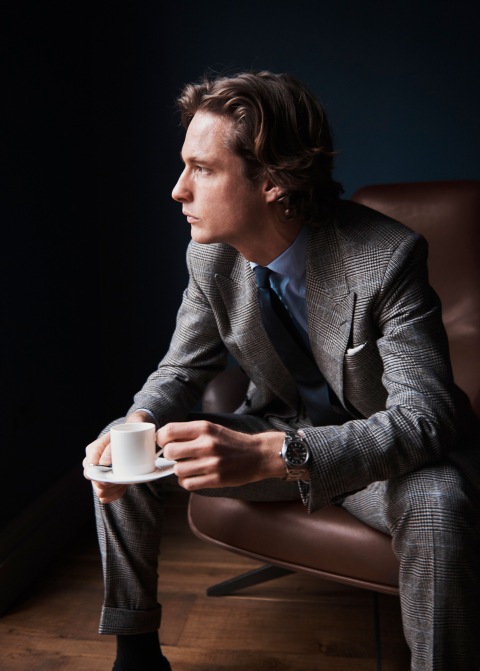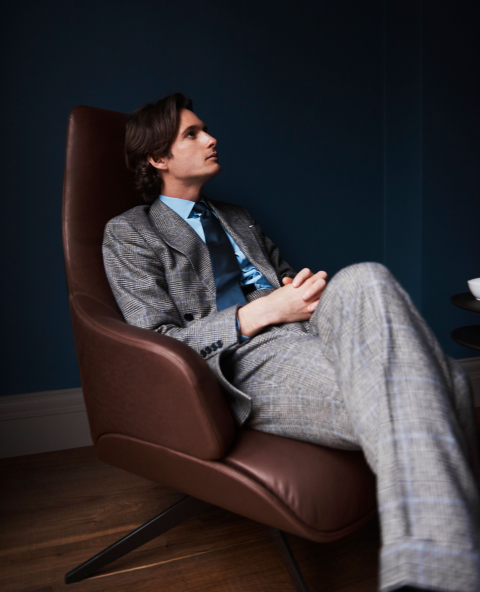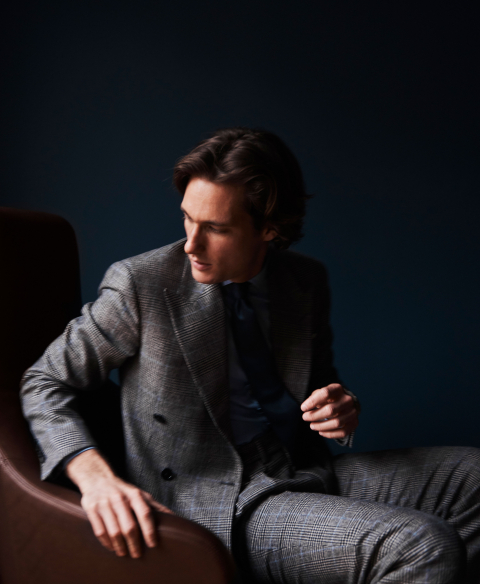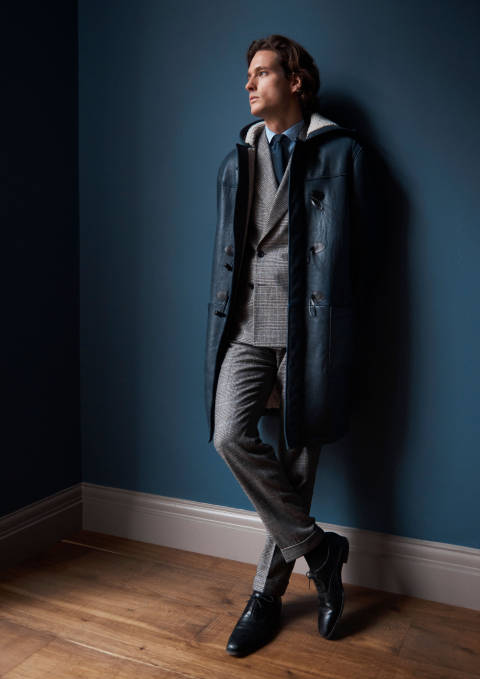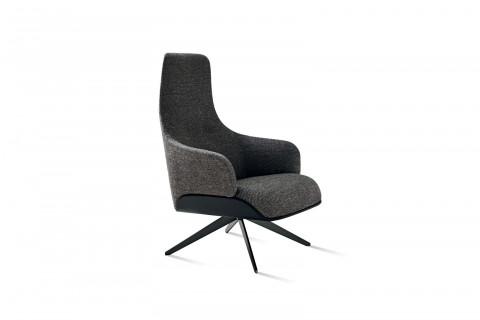14 | You regularly host exhibitions in London, Paris and New York, having an incredible success. What is your secret?
There are a few secrets, and one is that I am truly committed and I do not take no as an answer.
You have to be resourceful, or as they say in France, débrouillard, which means that you are quick in finding solutions, which tend to be my forte. For example, for my latest show in London, I got the space only 2 weeks before. It was an old and totally run down shop: I had to demolish it and modernise it as an art gallery. I went to 3 different builders and each builder ended up letting me down. But when you have a vision, persistence and dedication, it always tends to go well. Another aspect to take into account is relationships, whether these are with, the galleries, the collectors or the artists who lend me the work. For my next show in Hong Kong, I have important works coming from private collections, hence I must have good relationships with those individuals. The same applies to the buyers, who you must convince that the artwork is truly worth purchasing. I do not have a big gallery behind me, so I have to build my own clientele.

